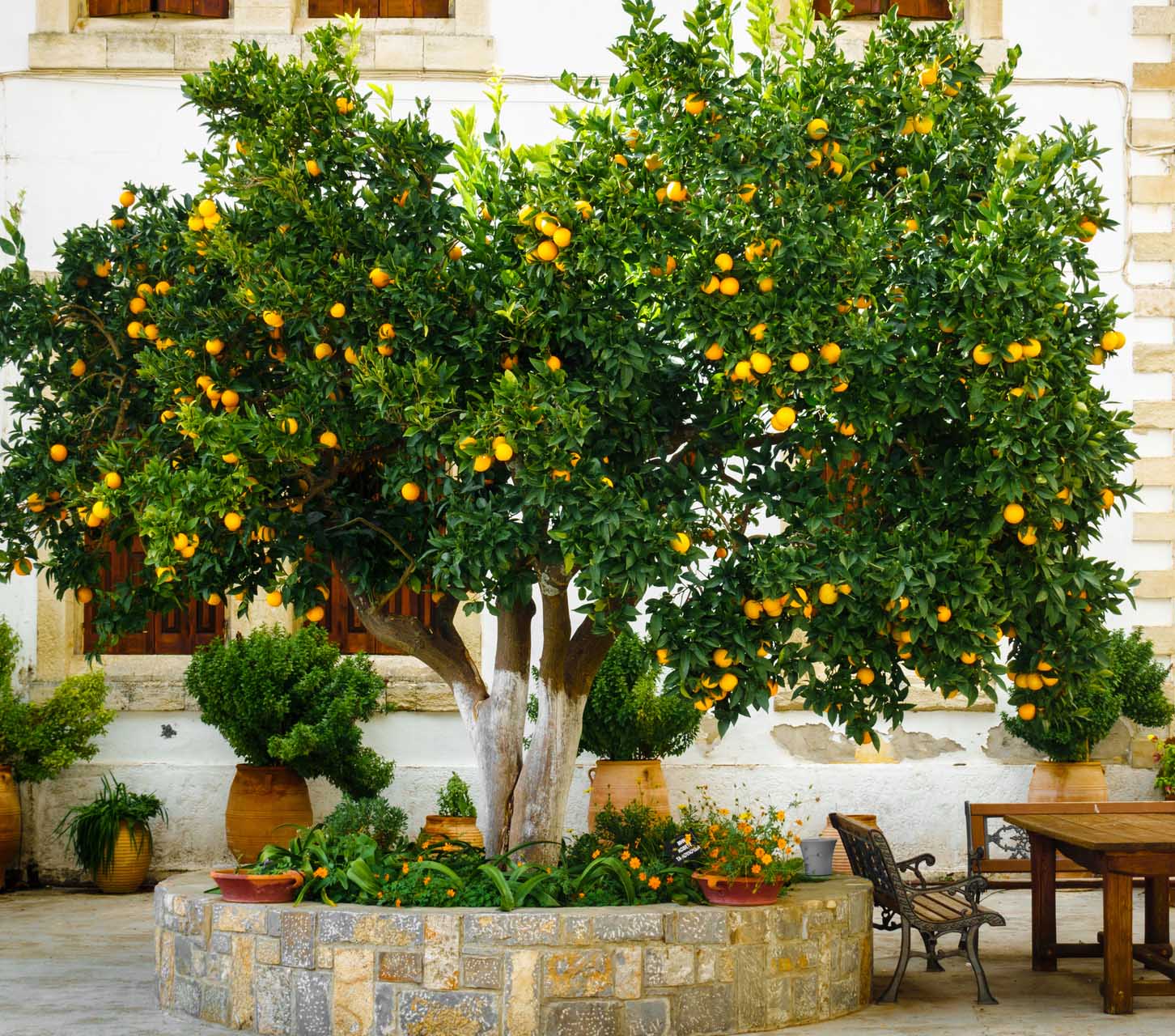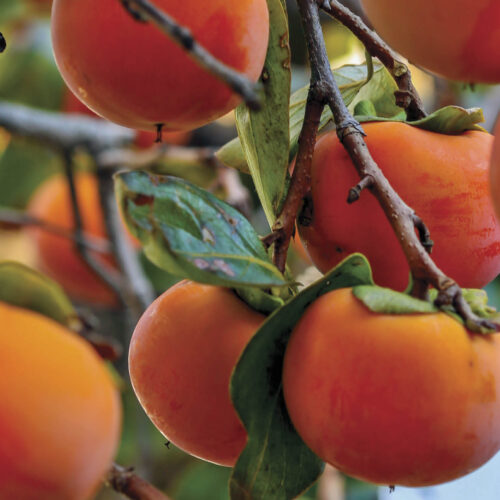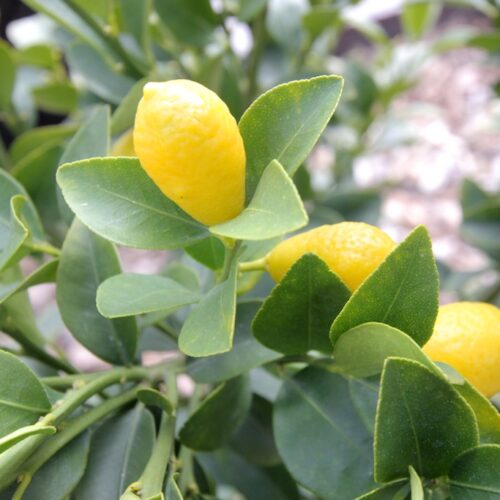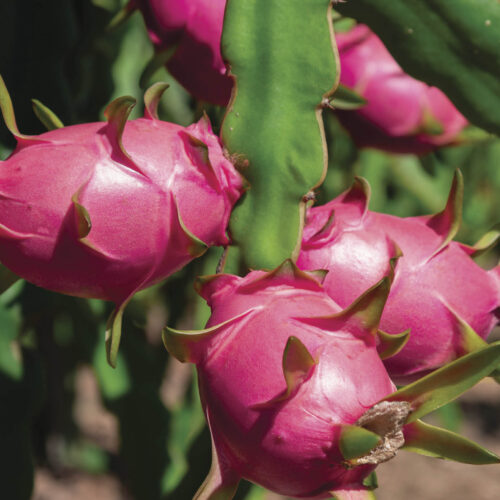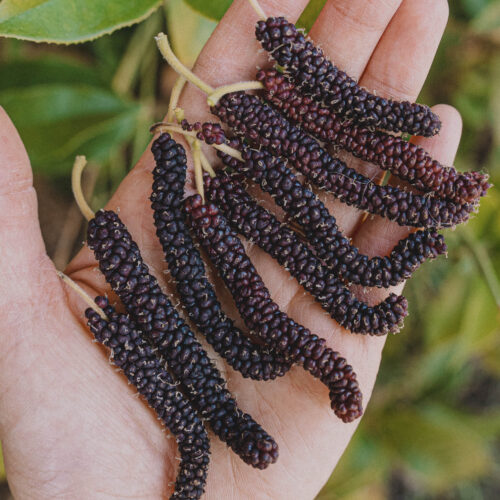Grow your own delightfully delicious oranges!
2019-05-01T06:22:02+10:00
Oranges offer so much more than their health-giving fruit, including beauty, shade and a delirious scent - and you can even grow them in pots!
Throughout the ages, orange trees have been admired for their beauty and delirious scent as well as their juicy fruit, resulting in them having a range of uses.
The moment we view orange trees as ornamental and not just for orchards, their possibilities expand exponentially. As pretty as Christmas baubles, fruit hangs on trees for months. In cooler regions, peel may retain a hint of green when ripe, and fruit may be less sweet, but these are quibbles. The flowers are delightfully scented, and trees are dense and evergreen. There are a number of uses for ornamental orange trees:
1. Privacy screens: Easily pruned, full-sized trees can grow to more than 7m; choose dwarfing rootstocks for 2–5m screens.
2. Hedges: Trees respond well to light clipping in narrow spaces or along boundaries, especially when oriented north-south. Combine several cultivars on the same rootstock into an informal hedge to spread flowering and harvest, but don’t crowd them – canopies need only just overlap. Chinotto grows to 1.5m.
3. Informal espaliers: Bend sappy new growth towards support lattice or wires and secure with C-shaped easy-clips or adjustable rubber plant ties. Once the basic framework is done, maintenance is simple: just remove unruly perpendicular and vertical watershoots as they arise.
4. Container plants: My Adelaide Hills garden was quite shady until its expansion, so I grew citrus in tubs along the northern wall of the house. Most have since been planted, but the seedless Valencia remains in its pot, still thriving after more than two decades and bearing excellent crops.
5. Features: Healthy trees are stunning. Canopies require minimal pruning, but raise canopies to improve shape and airflow underneath, thereby minimising fungal disease. If planting in lawn, clear turf from a 1m circle and mulch, expanding as trees grow to match driplines.
6. Multigrafts (splitzers, fruit salad trees): Fruit is, of course, another reason to grow oranges, and multigrafts of several varieties are great for tiny spaces and to spread the harvest. Multigrafts require constant, light trimming to keep varieties balanced. Heavy pruning exacerbates imbalance, so you need commitment and patience to succeed with them long-term. If you’re slapdash like me, you may prefer separate trees!
Tips for growing oranges in containers:
- Use quality, free-draining potting mix. Add a handfulof zeolite and mix thoroughly before potting to help retain nutrients.
- Choose the warmest, sunniest spot you can find – walls with northerly aspects are ideal. In frosty areas, verandahs or light tree canopies provide protection.
- Raise pot with pot feet to air prune roots and to keep drainage holes open.
- Repot into successively larger pots rather than placing small trees into huge pots – soggy potting mix promotes disease. If necessary, place a smaller plastic pot on its own pot feet inside a larger ornamental one.
- Rotate pots 180 degrees every two months for even growth.
- Fertilise regularly with balanced fertiliser.
- Mulch well, keeping material well away from trunk.
- Use long-lasting ceramic or sealed terracotta pots. Half-wine barrels rot or fall apart over time.
- Water regularly. If you miss watering and all the leaves drop, don’t despair – trees may not be dead and can usually be resurrected by skeletonizing.
For more gardening tips and ideas get the latest issue of ABC Organic Gardener Magazine here.

